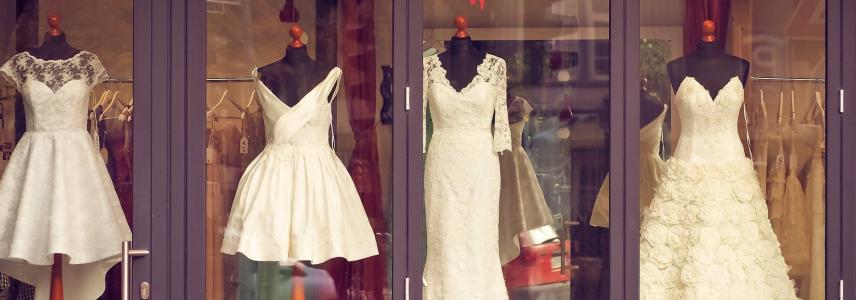Fashion brands from Moldova and Belarus participated in online trade fairs

In 2020, many events and trade fairs had to be cancelled or moved online due to COVID-19. This also affected major trade fairs in the apparel sector. In September, 5 companies from Belarus and Moldova showcased themselves during 2 digital trade fairs. These companies are taking part in CBI and ITC’s Ready to Trade project.
Online platforms for digital trade fairs
In many countries, there are still restrictions on travel and large events. Instead of cancelling events, the fashion industry is hosting its trade fairs via online platforms. 2 trade fairs held online this year are Première Vision and Barcelona Bridal Fashion Week.
Première Vision hosted a digital Business to Business (B2B) market place for brands. This will stay online until the new Première Vision edition next February. The Barcelona Bridal Fashion Week hosted its fair online from 18 to 22 of September. Papilio Fashion House from Belarus, and Sophie Design and Ilette from Moldova had the opportunity to showcase their companies online at the Barcelona Bridal Fashion Week fair. Bonadi and Oval are 2 knitwear companies from Belarus. They were showcased at the Première Vision digital market place.
Lessons learnt
Just like regular trade fairs, online trade fairs take time to prepare. Due to the quickly changing situation in Europe, time for preparation was limited. The trade fair organisers helped brands upload all the necessary information to their digital booth. Still, sometimes there was not enough time. One of the lessons learnt was that digital platforms are complex technical systems. Because of this, sometimes, extra explanation and support are needed for the event to go well. Both Première Vision and Barcelona Bridal Fashion week were able to deal with the technical difficulties experienced. Barcelona Bridal Week offered a month extension of the platform without extra charge to companies who had smartphone app issues.
Another lesson was that the way people communicate is very different at a physical fair and a digital one. At online trade fairs, communication has to be started from behind the screen. This is often in written form. Both visitors and exhibitors need an active attitude for this. A clear and well-functioning online platform can help with these communications. To get visitors communicating, exhibitors should consider not uploading all their information to their virtual stands. By not including all pricing details in the product sheets, visitors have something to ask about. Exhibitors can also follow-up with visitors by sending emails with company and product information. Trade fairs should make this data immediately available to exhibitors.
Trade fair results
Barcelona Bridal Fashion Week showcased 100 bridal wear brands and created some promising leads for the Ready to Trade participants. High-quality buyers visited the digital stands. The companies taking part had unique visitor numbers between 50 and 100 each. For Première Vision, it is still too early to see the results for the brands. Still, the event was well visited, with over 18,000 unique visitors. With over 1,675 brands present at the digital market place, it may have been harder to stand out. Companies should communicate their participation in events like these to potential buyers. This can generate interest and visits.
The future of events
The pandemic has created a switch to online trade fairs and events. In the future, more events will be hosted online or in hybrid forms. This is a new experience for many organisations. It is important to share knowledge and experiences of the new possibilities.
CBI is supporting the SMEs in its projects with training and coaching to be able to adapt and respond to these changes. The Ready to Trade project is financed by EU4Business, an initiative for SMEs in the European Union’s Eastern Partnership countries.